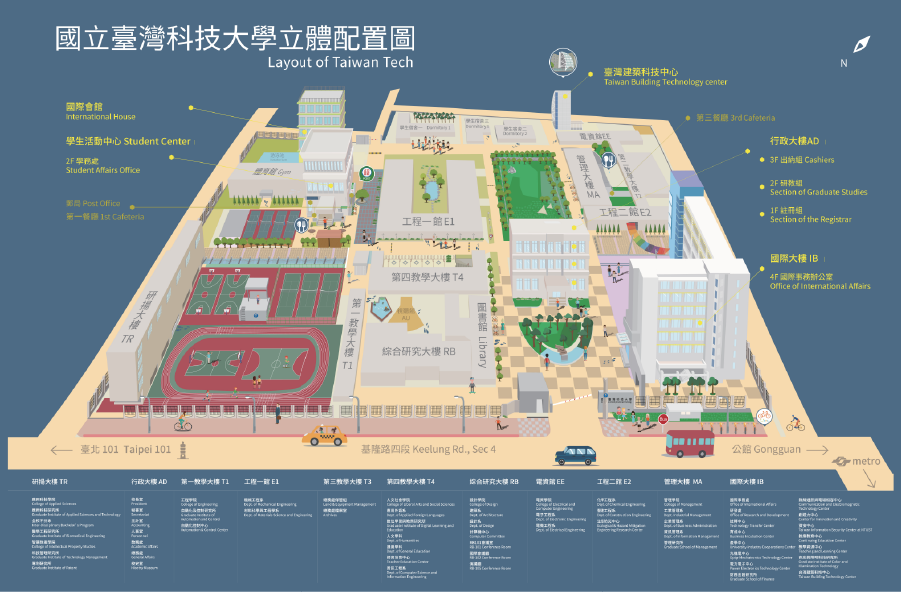Research Fields
Research target
|
A. The research area of Computer Engineering:
This area contains two major fields.
B. The research area of Electronic system: This area contains two major fields.
C. The research area of Optoelectronic and Semiconductor Engineering:
1. Optoelectronic engineering. This field includes:
|
